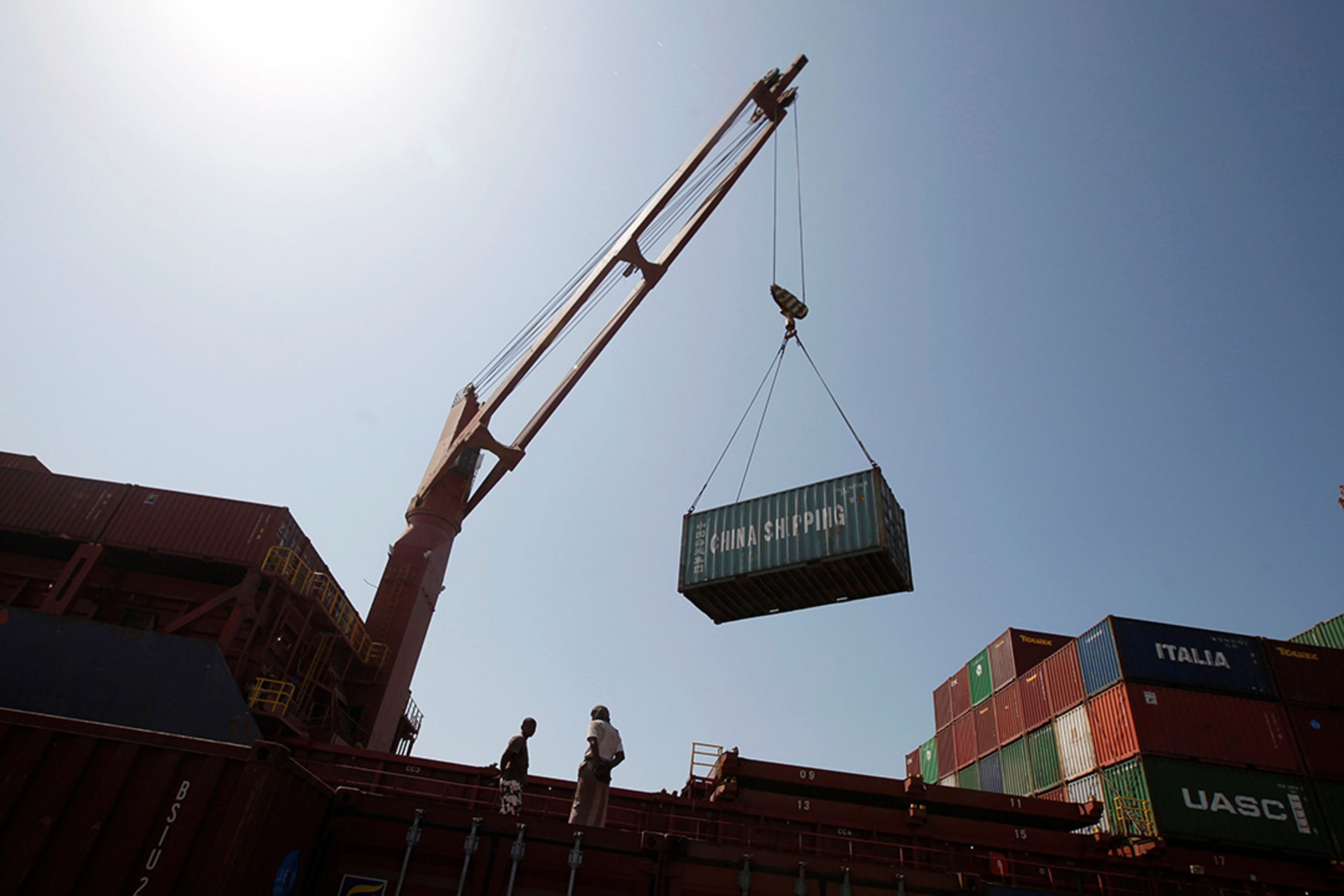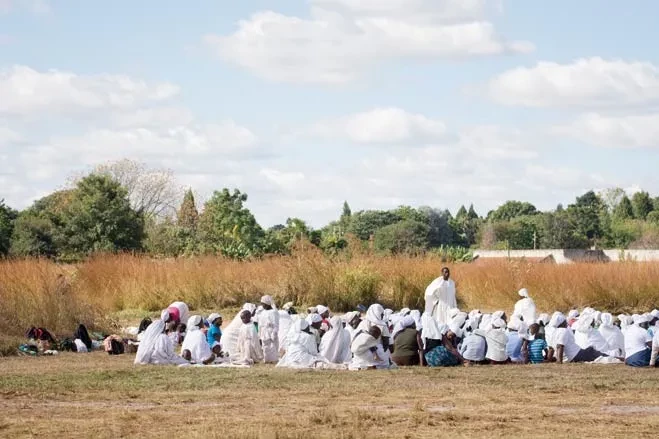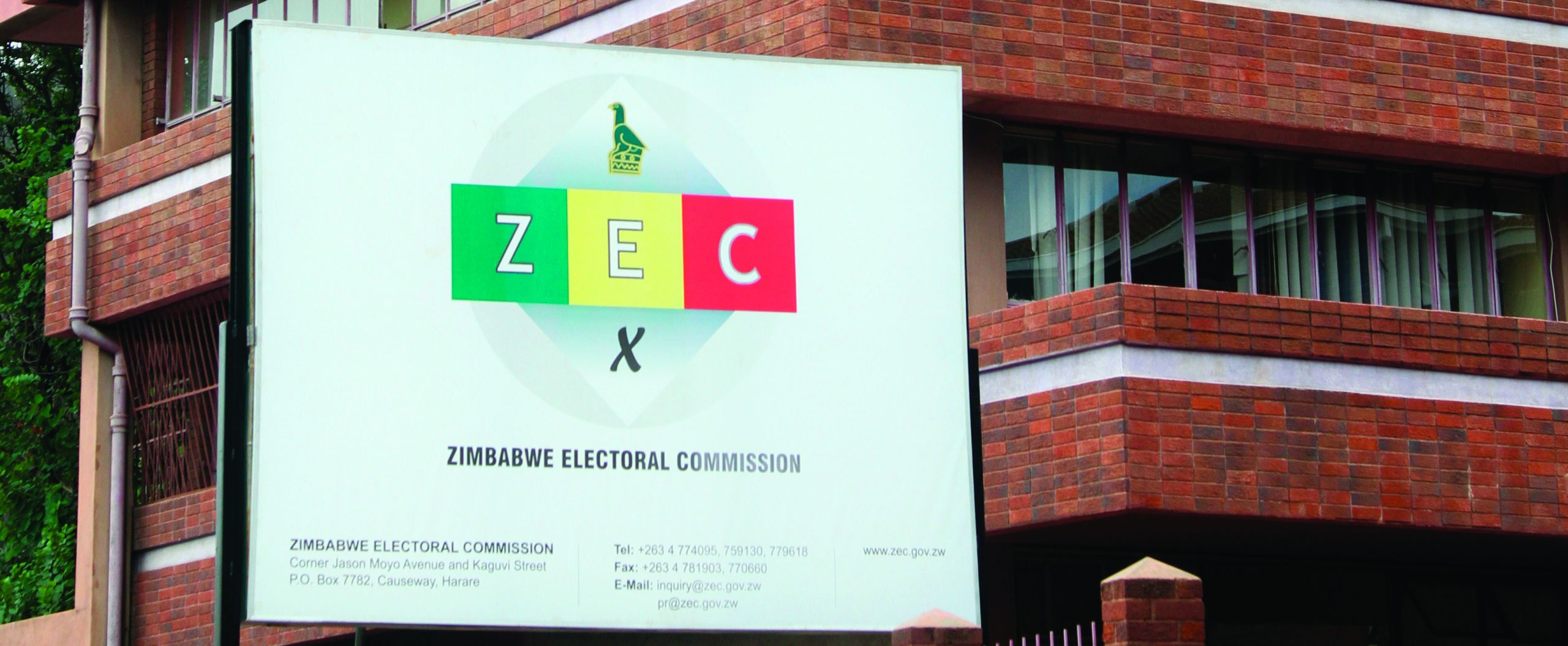
BY JACOB MUTEVEDZI
The administration of global rules of trade is the sole preserve of an international organisation called the World Trade Organisation (WTO). The WTO seeks to facilitate the smooth and predictable flow of global trade. It was formed in 1995 to replace the General Agreement on Tariffs and Trade (GATT) which was established after the Second World War. The WTO, therefore, is a very recent development but the multilateral trading system which was initially set up under the GATT has existed for more than 70 years. The WTO’s raison dêtre is the elimination of trade barriers through negotiations among member governments.
At the epicentre of the WTO system lies the WTO’s agreements, negotiated and signed by the vast majority of the world’s trading economies. These agreements constitute the legal framework for international trade and provide the legal ground rules for global commerce. WTO members derive important trade rights from these agreements. Further, these contracts mandate governments to keep their trade policies transparent and predictable. The outcome is a sturdy and predictable framework to help producers of goods and services, exporters and importers to conduct their business while permitting governments to achieve social and environmental objectives.
Trade relations often give rise to conflicting interests, therefore, trade agreements need regular interpretation. The most efficient way of resolving these disputes is through an agreed neutral procedure anchored on an agreed legal foundation. The WTO’s dispute settlement mechanism focuses on interpreting agreements and commitments made by individual members to ensure that members’ trade policies stay consistent with relevant agreements and individual commitments made by members. This curtails the risk of trade disputes degenerating into political or military conflict.
The dispute settlement system adheres to specific and detailed timelines for finalizing hearings. The first hearing takes place before three panelists specifically appointed to hear the matter. This panel’s findings may be appealed by the members involved. Appeals are heard by the WTO’s Appellate Body which is made of seven members elected for a four-year term. The rules and procedures of the WTO’s dispute settlement system are contained in the Understanding on Rules and Procedures Governing the Settlement of Disputes, commonly referred to as the Dispute Settlement Understanding (DSU), which is administered by the Dispute Settlement Body (DSB), consisting of representatives of all WTO members. The DSU, which constitutes Annex 2 to the WTO Agreement, spells out the rules and procedures that define the current dispute settlement system.
On lodging a complaint, WTO members are required to specify the WTO agreements allegedly being violated. In no particular order, the agreements that are most commonly referred for settlement are anti-dumping, subsidies and countervailing measures, technical barriers to trade, sanitary and phytosanitary measures, trade related investment measures, trade related aspects of intellectual property rights, general agreement on trade in services, GATT 1994, customs valuation, pre-shipment inspection and rules of origin.
WTO rules do not enjoin a member to demonstrate that it has a specific legal or economic interest in the subject matter of a dispute. A good example is the “EC – Bananas” dispute which is one of the most protracted disputes in WTO history. In that dispute, the United States of America complained that the European Union (EU) afforded banana producers from African, Caribbean and Pacific (ACP) countries preferential access to European markets, in violation of WTO non-discrimination rules.
A formal complaint by any member automatically sets the dispute settlement process in motion. This initial stage is called the “request for consultations” because the members involved will first attempt to settle their dispute through mutual consultation. If consultation fails, a dispute panel is appointed to examine the case. The panel examines whether a member’s actions violate the specific WTO provisions relied upon in the complaint. The complainant generally bears no onus to prove negative trade effects emanating from the alleged violation.
- Chamisa under fire over US$120K donation
- Mavhunga puts DeMbare into Chibuku quarterfinals
- Pension funds bet on Cabora Bassa oilfields
- Councils defy govt fire tender directive
Keep Reading
Members are obligated to bring their disputes to the WTO rather than take unilateral action in situations where they believe that another member is acting in violation of WTO rules. The DSB automatically establishes panels to adjudicate on the complaints and adopt the findings of the panels and the Appellate Body unless there is a unanimous agreement at the DSB meeting not to do so. This is the so-called “reverse consensus”, a special decision making procedure that makes it almost certain that the panel’s recommendations in a dispute will be accepted. The process requires that the recommendations of the panel, subject to amendment by the Appellate Body, should be adopted “unless” members have unanimously voted against adoption. This ensures that the political weight of parties does not affect the outcome of disputes.
Once a ruling is made, in terms of Article 21.3 of the DSU the losing member is availed a reasonable period of time within which to implement the ruling. If the member fails to bring its measures into conformity with the relevant WTO agreements within the prescribed time, the complainant may request the DSB to allow it to retaliate by way of trade sanctions. Such sanctions may take the form of restrictions on imports, for an amount equivalent to the level of trade affected by the offensive measure. The DSB keeps the member’s compliance efforts under review and surveillance, even when retaliation has been authorized. If there is a dispute about compliance, the matter remains on the agenda of the DSB.
The WTO dispute settlement system prefers amicable settlement of disputes rather than outright victories. The majority of all disputes lodged with the WTO have been resolved amicably without the need to constitute a dispute panel. The DSU also states that the director-general can assist members in settling their disputes through his “good offices”, mediation or conciliation.
- Jacob Mutevedzi is a commercial lawyer and partner at Clairwood Chambers Attorneys and writes in his personal capacity. He can be contacted at +263775987784 or at [email protected]










